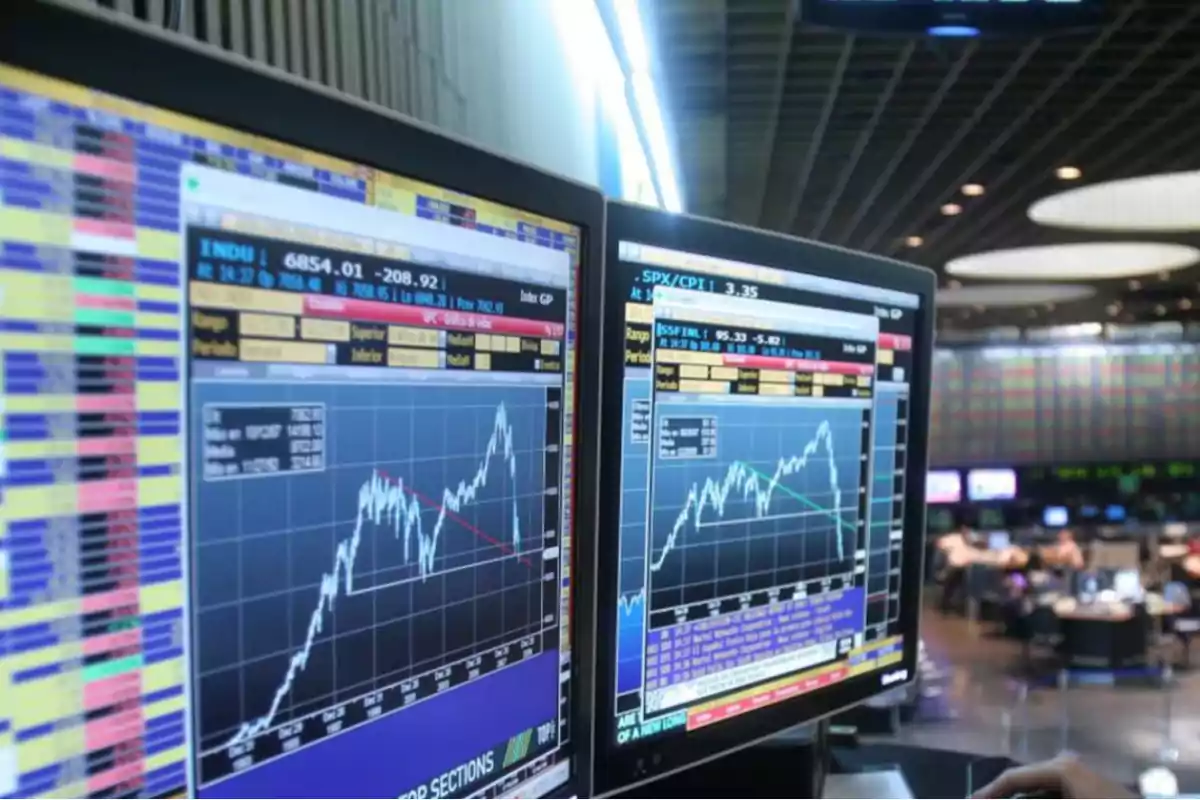
Stock markets rise worldwide following the tariff truce between the U.S. and China
World indices are on the rise after both powers announced a temporary suspension of tariffs
International financial markets started the week with a marked upward trend following the announcement of a trade truce between the United States and China. The temporary suspension of tariffs, agreed upon for a period of 90 days, was interpreted by investors as an important step toward de-escalating the trade conflict between both economies.
According to a joint statement issued after intense negotiations held in Geneva, the United States will reduce its tariffs on Chinese products from 145% to 30%, while China will do the same with American goods, lowering tariffs from 125% to 10%.
Washington and Beijing seek to calm tensions
"We have made substantial progress between the United States and China in the very important trade talks", stated Treasury Secretary Scott Bessent. The White House celebrated the announcement as a new "trade agreement," while the Chinese Ministry of Commerce highlighted that the measure "is in the interest of both countries and the common interest of the world."
This rapprochement occurs after months of tensions initiated by the government of Donald Trump, which imposed high tariffs in April, generating an escalation of protectionist measures that unsettled global markets.

Positive reaction in stock markets
The world's main stock exchanges reacted enthusiastically. The S&P 500 rose 2.6% in futures, while the Dow Jones advanced 2%. In Asia, Hong Kong led the gains with a jump of 3%, followed by Seoul (+1.2%) and Taiwan (+1%). In Europe, Germany's DAX rose 1%, Paris's CAC 40 by 0.8%, and the UK's FTSE 100 by 0.1%.
Impact on oil and currencies
The price of oil also soared. WTI gained 1.66 dollars and closed at 62.68 dollars per barrel, while Brent rose 1.63 dollars, reaching 65.55 dollars. In the currency market, the dollar strengthened against the Japanese yen (148.18), although it retreated against the euro (1.1107).
Other geopolitical hotspots generate optimism
Besides the trade relief, the ceasefire between India and Pakistan after several days of clashes also had a positive impact. Bombay's Sensex rose 3.2%, and Pakistan's KSE 100 climbed more than 9%, further boosted by the announcement of a new IMF disbursement.
Short and medium-term outlook
Tai Hui, a strategist at JP Morgan, emphasized that the magnitude of the tariff cut "is greater than expected" and reflects a recognition of the potential economic damage. However, he warned that the 90-day period "may not be enough for a detailed agreement."
Karsten Junius, from Bank J. Safra Sarasin, agreed that volatility could persist: "In all likelihood, things can still get worse before they get better."
Investors are now awaiting new U.S. macroeconomic data that could influence the pace of recovery. Meanwhile, the evolution of negotiations between Washington and Beijing will set the tone for the markets over the coming weeks.
More posts: